In 2016, Craig Hammack explained the work of ILM on DEEPWATER HORIZON. He then worked on ROGUE ONE: A STAR WARS STORY.
How did you get involved in this show?
I had been in talks with Jeanie King (the ILM Executive Producer) about getting involved in a Marvel project. BLACK PANTHER came along at the right time and I was already a huge fan of Ryan Coogler’s so it all fell into place.
Black Panther is your first Marvel show. What was your feeling to enter this universe?
The Marvel world is pretty intimidating when you first approach it. There is so much history of success that there is a real weight of responsibility to keep the it going. There is also such a history of process in producing so many films that I knew that I would have to fit into that way of working to be successful.
How was the collaboration with director Ryan Coogler and VFX Supervisor Geoffrey Baumann?
Both of them are incredibly generous guys with great, positive attitudes. I really couldn’t have asked for a better set of collaborative bosses on this. Ryan seemed genuinely excited at everything he saw and had a clear vision for what he wanted out of our part of the visual effects. Geoff was a tireless source of help and feedback throughout the show, constantly encouraging us to creatively explore while still steering us toward Ryan’s vision.
As it’s the first big VFX feature for director Ryan Coogler. What was his approach and expectations about the visual effects?
By the time we got heavily involved in the film most of the prep with Ryan had been done by Geoff. When I arrived to set it was clear that although Ryan might not be completely familiar with all of the technical aspects of what was needed for the visual effects, he had a great trust in Geoff’s plan for the execution and a genuine desire to learn from the process.
How did you organize the work with your VFX Producer?
Our Visual Effects Producer was Lee Briggs who fortunately already had working knowledge of the Marvel process from his previous work on DOCTOR STRANGE and other Marvel films done at ILM. He was able to manage and anticipate the ebb and flow for the show needs very skillfully. Together with ILM Executive Producer Jeanie King, we came up with a plan to utilize the talent available at our Vancouver studio for the majority of the show with the third act dogfight sequence handled at the San Francisco studio.
How did you split the work amongst the ILM offices?
The show production and dogfight sequence, as well as a chunk of the Hall of Kings interior and exterior establishing shots were all in San Francisco. The rest of the work and show leadership was in Vancouver. I split my time between the two studios.
Can you tell us more about the previz and postviz work?
The previs was primarily done by Digital Domain. Early in pre-production we were lucky enough to be able to send our CG Supervisor Dan Mayer to Atlanta for a few months to work directly with Ryan, Geoff and Hannah to develop the city of Wakanda layout and design. We were then able to feed back to previz so that their work would be done in the space of our city model and the geography we had created.
How did you work with the art department to design Wakanda?
Hannah and Ryan had assembled some great reference and concept art to give us a good head start. As I mentioned earlier, we were able to send Dan Mayer to work directly with them in pre-production. He would spend the days building out the city layout and urban design aspects and could get direct feedback along the way.
Can you explain in detail about the creation of Wakanda itself?
The technical hurdles of building Wakanda centered around the sheer volume of size for the city, and how to create enough variation in building types for us to be able to describe various districts within the city and allow them to have their own feel.
A large building library was created taking styling and architectural cues from African culture and concept art to help create a unique look. We worked with the director to create a material library that would allow us to create a unified palette for the building materials used in the city and also save memory by sharing material types across buildings. Each building would get multiple material variations in order to further expand our library.
Custom tools were written at ILM to help us manage individual districts within the city, that were assembled at render time, allowing us to section off the detailing to individual artists. Procedural scattering tools were used as a starting point to populate individual districts within the city, which would then be customized by the artist to add life to each area. This allowed us to avoid having to hand place the nearly 60,000 buildings contained within the city, and focus our artists time in bringing the city to life by adding more custom areas and buildings to fit each shot. A lot of time was spent on memory optimizations as we battled adding details to the city that would inevitably take us past our memory threshold during points on the show.
In the end, the size of the city, and the memory footprint needed, required us to break up the city into multiple passes that were deep merged back together in compositing to create the final frame. Our final wide shots of the city required objects in the scene nearing 200,000,000 individual items.
How did you create the jungle that hides the city?
I was fortunate enough to be sent to Uganda for some plate photography. While there, we captured quite a bit of reference photography and scan data. We were able to use that to help inform the characteristics of the tree types we would need to populate the digital jungles with. We utilized SpeedTree vegetation modeling software to generate realistic foliage with custom tree varieties to plant an array of trees throughout the landscape. This was a serious undertaking and we ended up with close to 50 million trees and over 100 million other various bits of vegetation.
What was the real size of the sets for the city?
There were two main sets for scenes that take place inside the city. The Tribal Council Chamber was a large interior set that contained almost the entire interior of the council room. It was a 360-degree set without a ceiling and with a blue screen floor under the glass. Our job was mostly the city views out the large windows and the ancient pyramid under the floor. The other main city set was a streetscape in the hip marketplace called Steptown. Here we had an exterior set build of one floor of facades that lined the earthen street and was about ten buildings in length. It was just big enough to get some walking scenes and a good number of extras that we could use in the shots and document for digital doubles. It was all surrounded by container walls draped in massive blue screens.
Wakanda is hidden behind a stealth shield. How did you design and created it?
The shield effect was created by utilizing a procedural approach with multiple layers of hexagonal patterns, which in turn was based on the mountain geometry of the environment. A combination of different layers produced the complexity of the shield structure. Different noise patterns were applied within each layer in order to generate variations of the shield shapes. The tunnel is activated based on the Royal Talon Fighter so we only see through the shield when the ship gets close to it. Multiple passes are rendered to help preserve the details from the high-speed camera motion, and also offers enough flexibility for compositing.
How did you handle the various FX simulations such as water?
We relied heavily on particle and fluid simulations for the majority of our FX work including the water, sand and dirt. Fire was handled mostly with ILM’s proprietary Plume software, which we could access via custom interfaces built into the commercial packages we use.
Which sequence or shot was the most complicated to create and why?
The sequence that was the most complicated was what we called the WAR sequence. That is the sequence that takes us back to Wakanda from the first excursion where the Black Panther takes out the Caravan of smugglers. It starts from the point where the Royal Talon Fighter leaves the forest at night and covers the trip back through various landscapes and ultimately through the shield hologram, a long shot through the city and the entirety of the conversation on the landing pad. The long travel shots over the jungle and through the city are all CG and require so much development for everything from jungles to water to shorelines and terraced farmland to city streets and varied city buildings. The landing pad itself was quite a challenge also as it is entirely CG except for the main characters.
What is your favorite shot or sequence?
That is very difficult to say. I think the team pulled off some amazing work. The establishing shots of Wakanda are stunning… as are the beautiful shots of the Panther Dream scenes. I also really liked the borderlands scene with the Rhino. Sorry, there are simply too many to choose from.
What is your best memory on this show?
Without a doubt flying over the Impenetrable Forest in Uganda shooting aerial plates with our helicopter crew – It was breathtaking.
How long have you worked on this show?
I think it was a little over a year on this one.
What is your next project?
I’m currently working on the Rawson Thurber film SKYSCRAPER starring Dwayne Johnson.
A big thanks for your time.
// WANT TO KNOW MORE?
Industrial Light & Magic: Dedicated page about BLACK PANTHER on ILM website.
© Vincent Frei – The Art of VFX – 2018




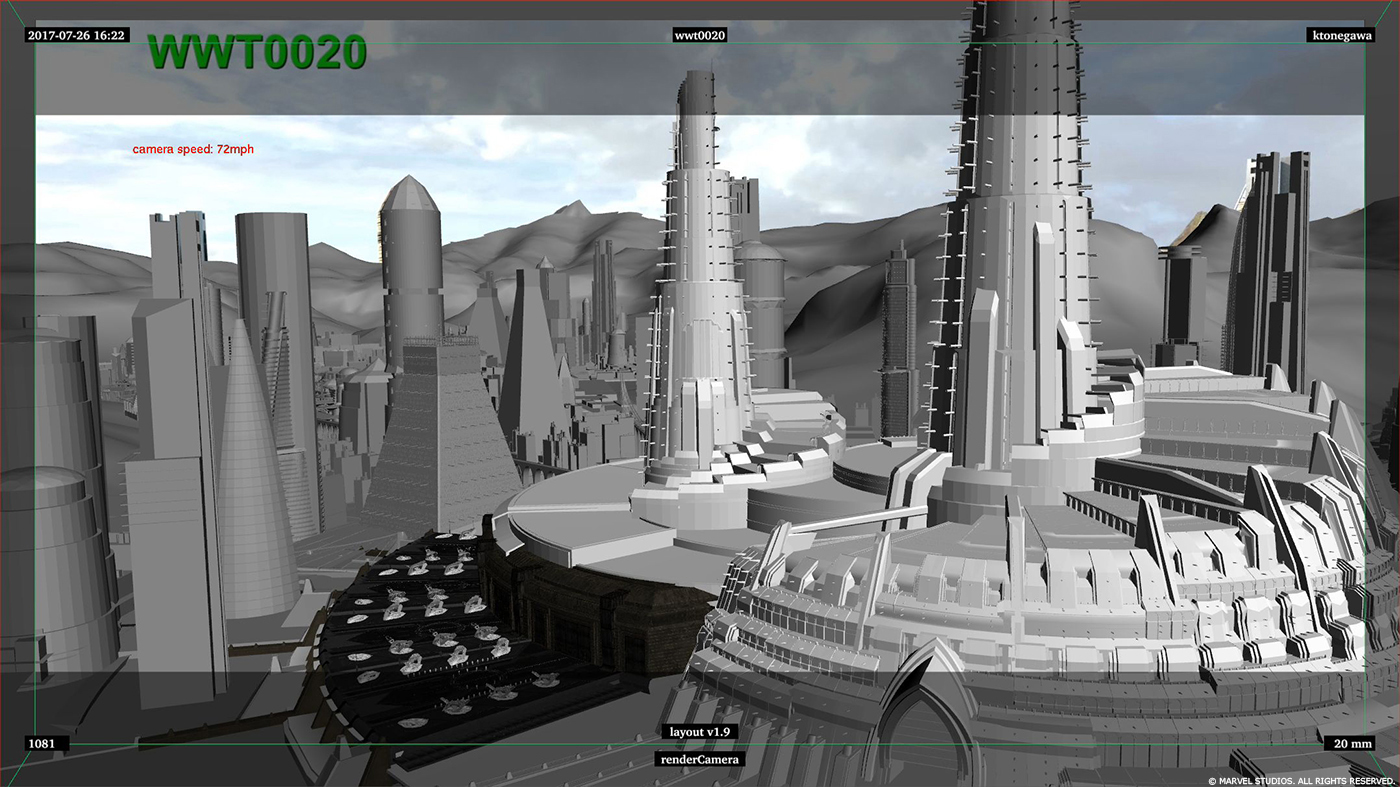

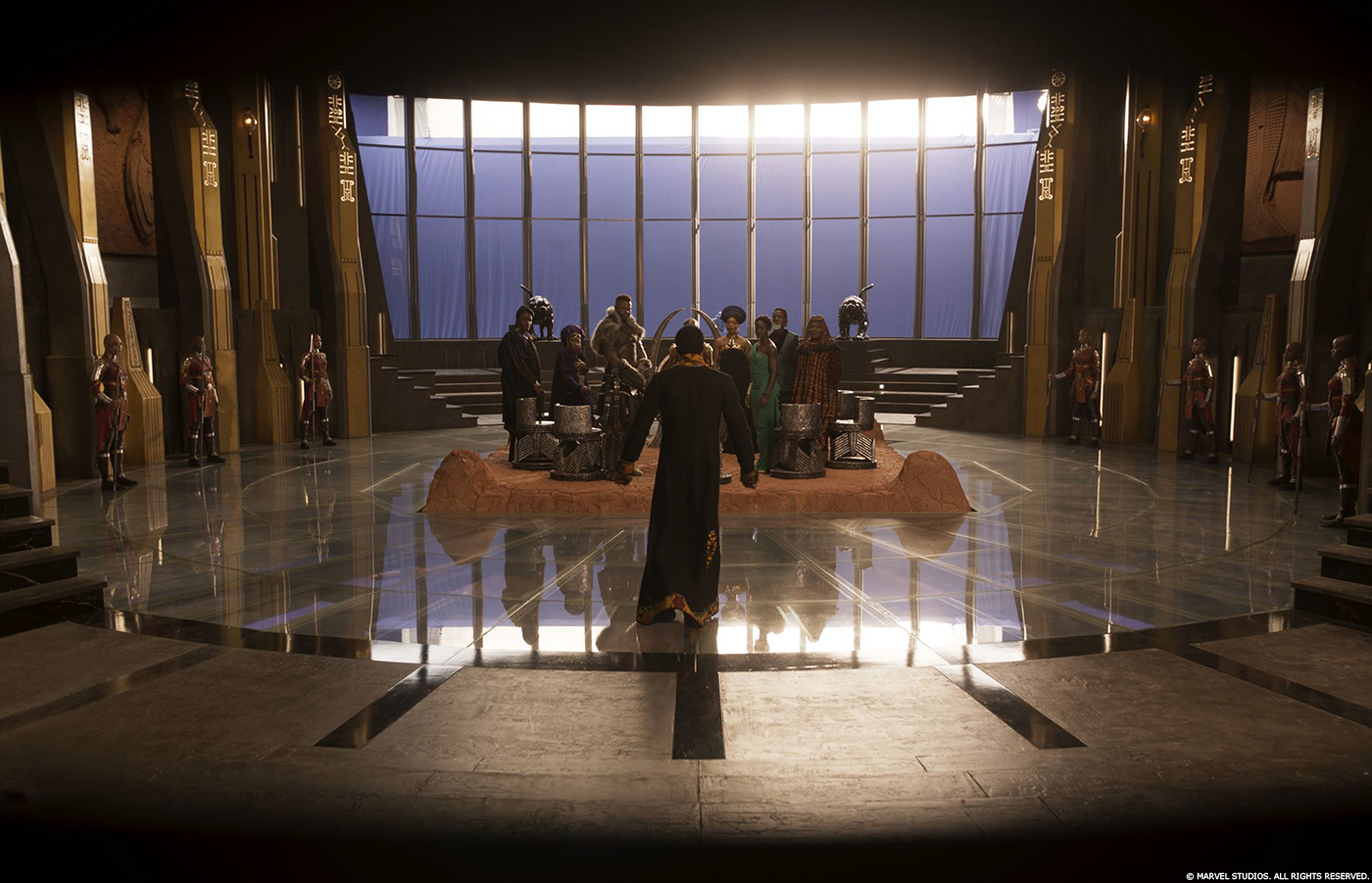
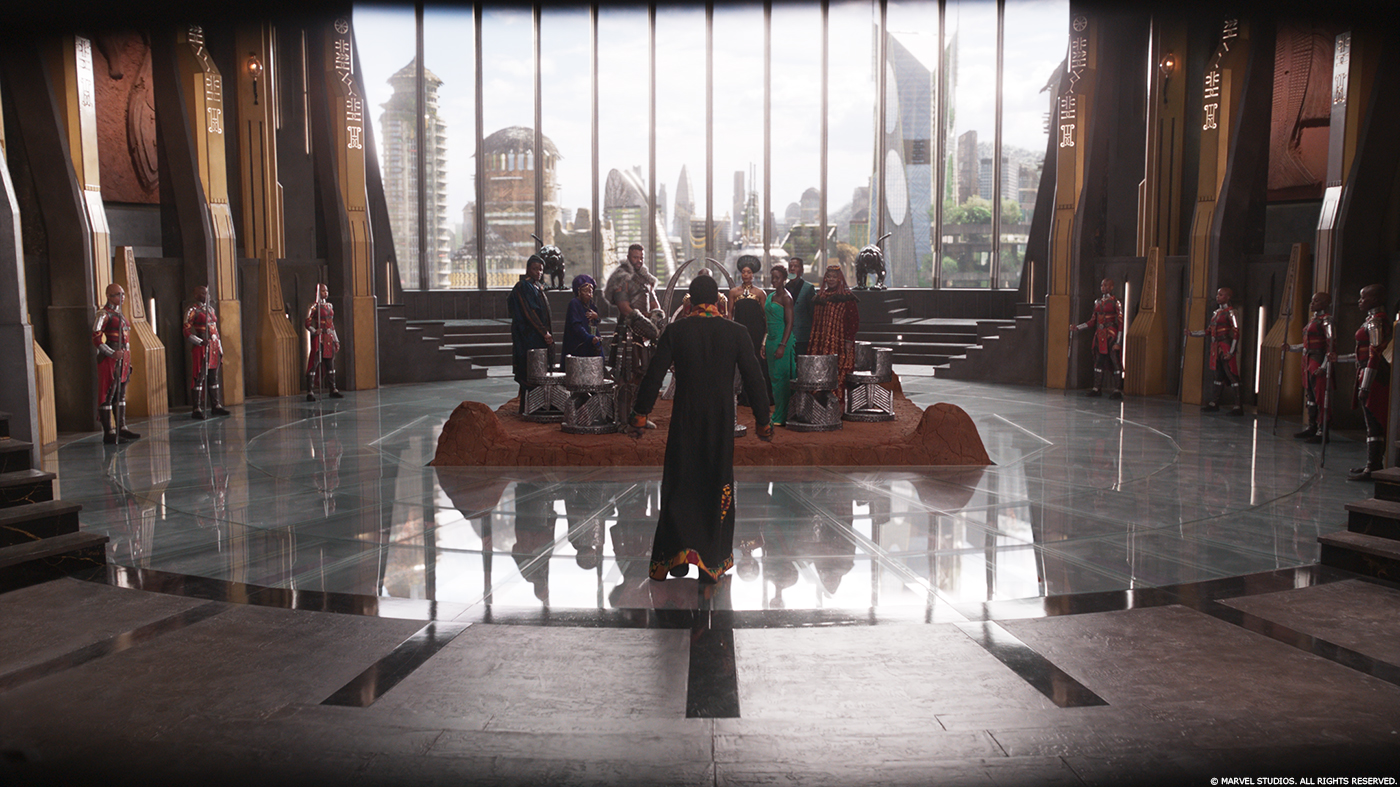
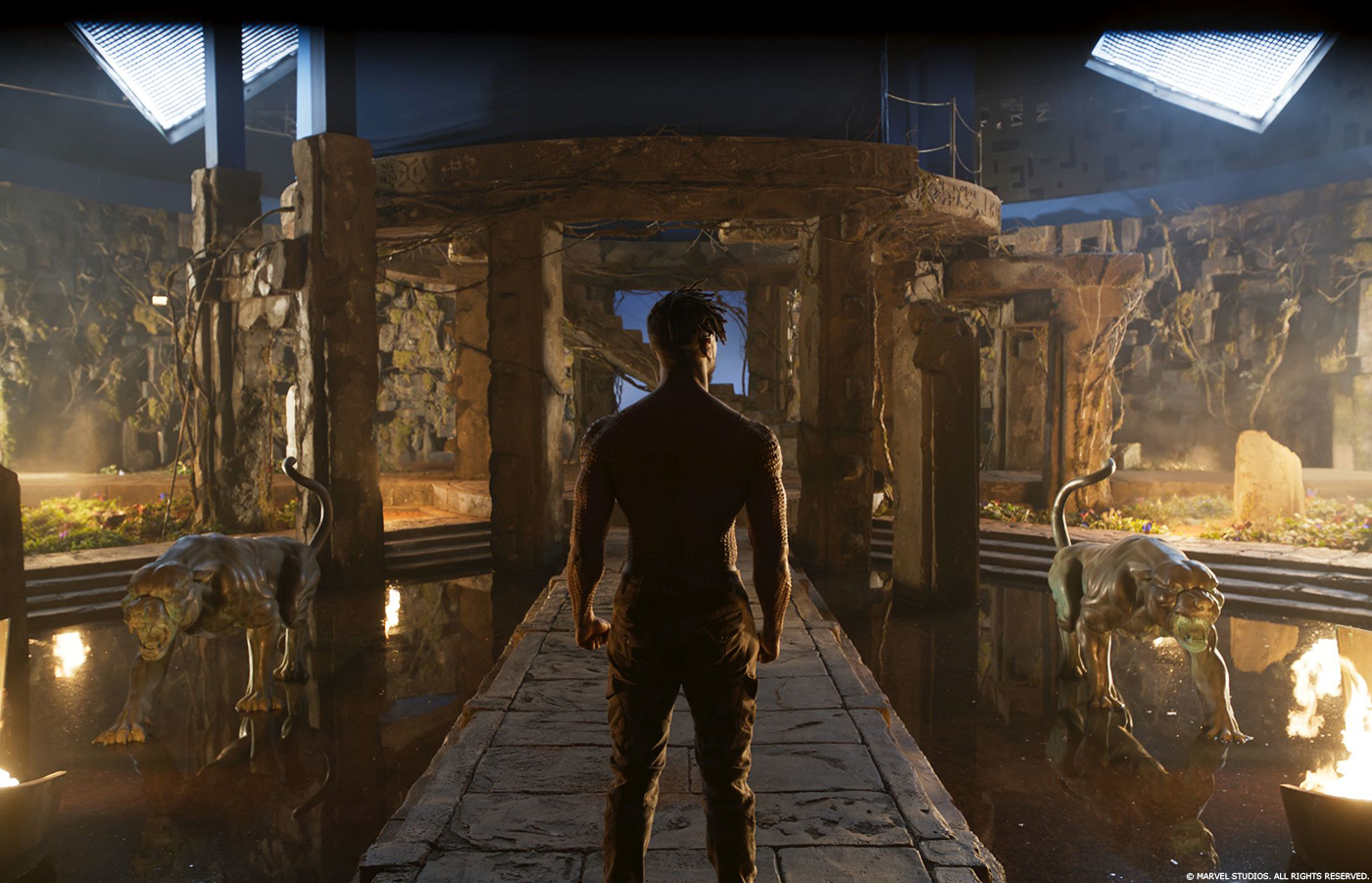
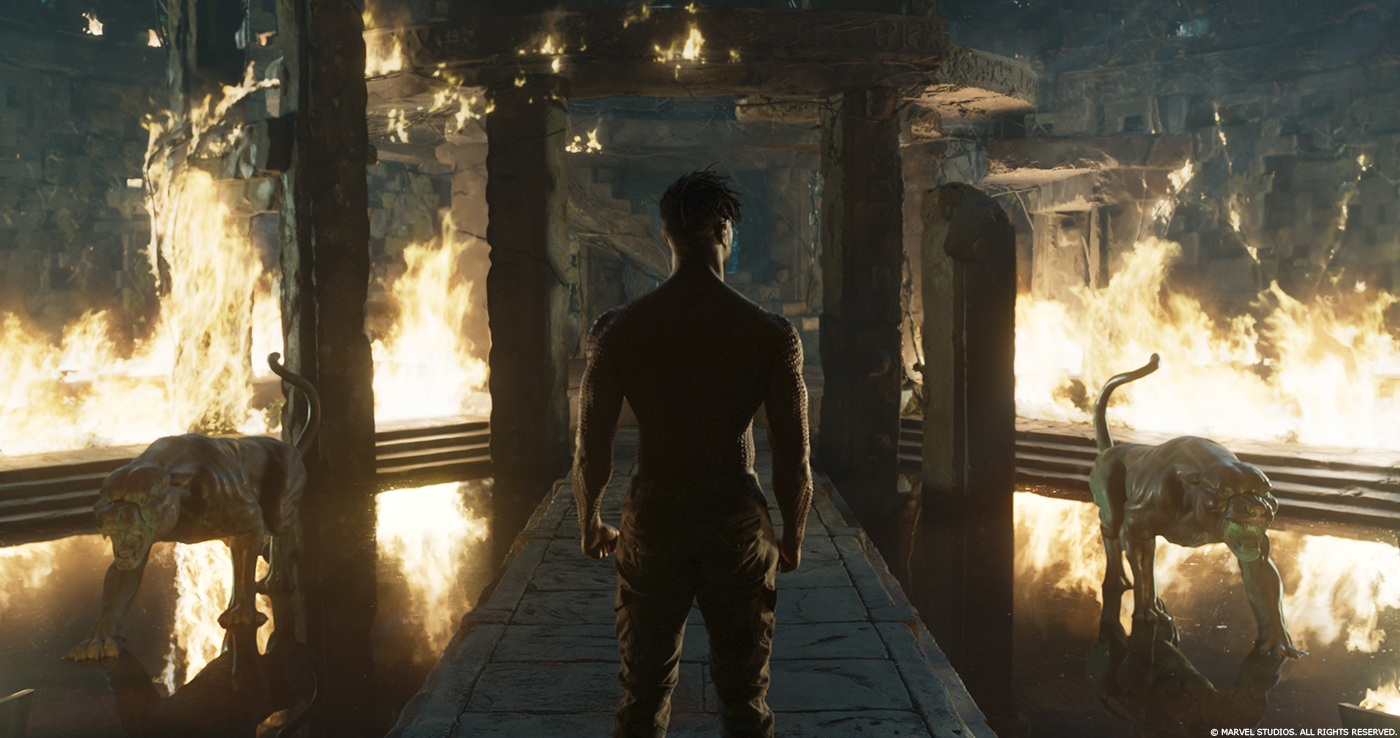
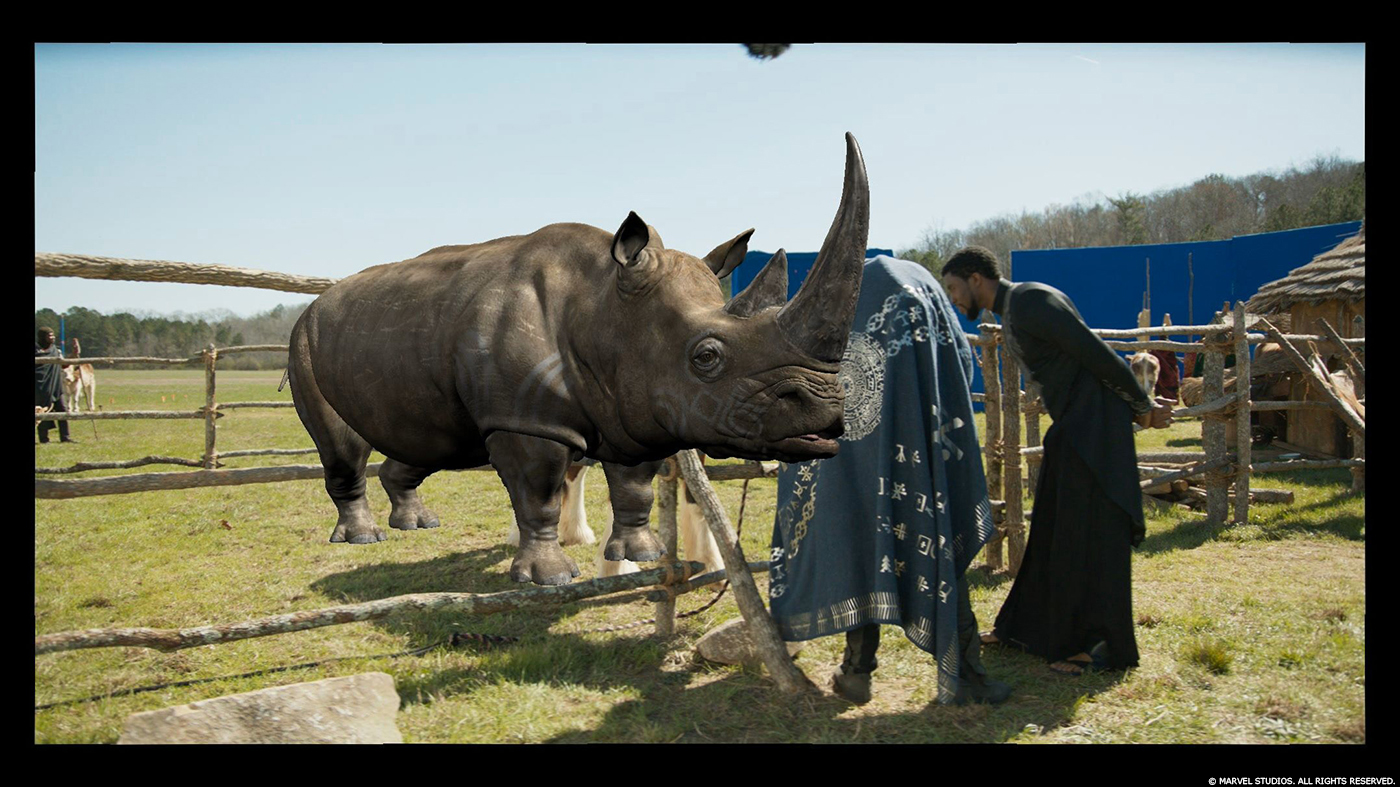




When they created the Rhino… did they think about looking at an actual Rhino?…. You know, to make it look like, say… I don’t know… a Rhino?